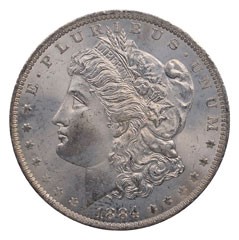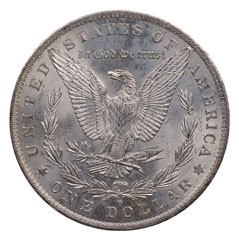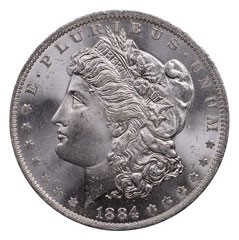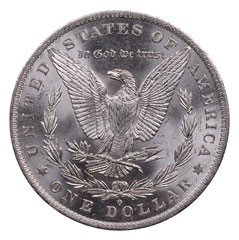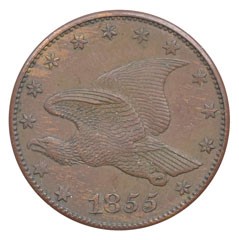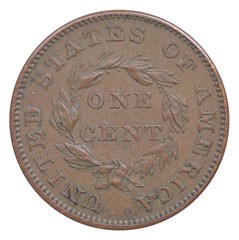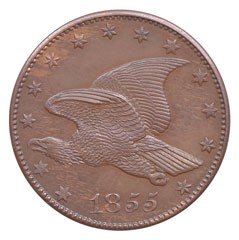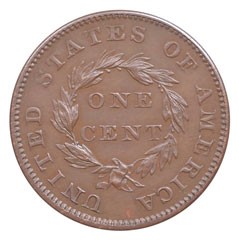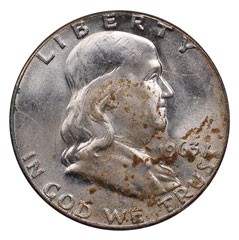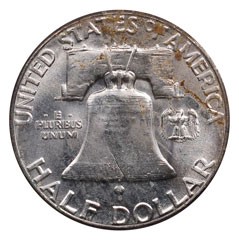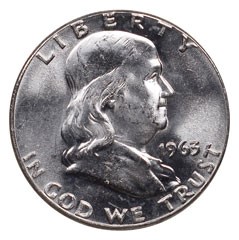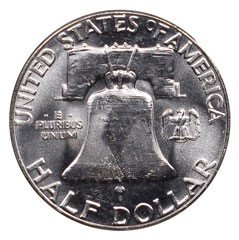NCS Conservation: Sticky Situations
Posted on 4/11/2023
Numismatic Conservation Services™ (NCS®) uses a variety of proprietary techniques to remove harmful contaminants, stabilize and protect a coin's surfaces and, in many cases, improve a coin's eye appeal. After coins are conserved by NCS, they are seamlessly transferred to Numismatic Guaranty Company® (NGC®), an independent affiliate of NCS, for grading and encapsulation.
Below are a few highlights of coins that were recently conserved by NCS and graded by NGC.
Residues can develop with time while a coin is housed in a collection. Lesser quality holders, such as those containing PVC and those that allow ambient air to circulate freely can cause the surfaces of a coin to go from bright and reflective to dull and hazy. This 1884-O Morgan Silver Dollar was recently submitted for NCS conservation to address the hazing residues that had developed on both sides of the coin, which are indicative of a coin that has been stored in likely both a PVC-containing holder and one that is not air-tight. NCS has developed special techniques to remove these kinds of residues without damage to the surfaces underneath. Following careful conservation, this Morgan Dollar was again bright and reflective, ultimately grading well with NGC.
Poor quality coin holders can create very unattractive residues on the surface of copper alloy coins. This 1855 Pattern Cent, featuring a flying eagle design that is similar to a slightly smaller format used on small size cents a few years later, was submitted to NCS to address a uniform hazing residue with green buildup against its design features. This kind of residue on a copper alloy coin is most often the result of long-term storage in PVC-laden coin holders. Heavy residues such as what was seen here can often cause permanent damage. Following careful conservation, the true beauty of this coin was revealed, and it was able to grade numerically with NGC.
One of the frequently encountered residue types that NCS conservators see is the remnants of glue on a coin surface. Besides being sticky and unattractive, glue residue can cause permanent damage to the surface under the right, or wrong, circumstances. This 1963 Franklin Half Dollar was submitted to NCS to remove the yellow brown marks of sticky glue residue present on a large portion of both sides. The substrate of the glue can cause damage to occur as it is being removed, so extra care must be taken by the NCS professionals when glue is removed. After the successful removal of the residues on this Franklin Half Dollar, the coin was able to grade well with NGC.
For more information about NCS, visit NGCcoin.com/NCS.
Interested in reading more articles on NCS Conservation? Click here.
Stay Informed
Want news like this delivered to your inbox once a month? Subscribe to the free NGC eNewsletter today!
